Hazel Johnson-Brown
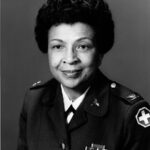
Hazel Johnson-Brown was the first Black female general and the first Black chief of the United States Army Nurse Corps. Brown knew she wanted to be a nurse from a young age but when she applied to West Chester Nursing School in the 1940s, she was rejected due to her race. Following this rejection, she moved to New York to attend Harlem Nursing School. Post-graduation she moved back home and got a job with the Philadelphia Veterans Association. This is where she learned about the Army Nurse Corps and was intrigued by the travel opportunities it provided. She enlisted in 1955, and soon began performing leadership duties. Brown found a love of teaching through this, which lead her to attend Columbia University Teaching College and bring her new skills and education back to the nursing corps, using it to train nurses. Brown was promoted to chief in 1979 and, being aware of the gender and race inequalities, used her influence to improve equality in the US Army Nursing Corps. She developed scholarships and offered summer nursing clinical camps, both of which encouraged and increased diversified enrollment. Since then, Brown has won many nursing awards and her legacy and teachings live on.
Goldie D. Brangman

Goldie D Brangman was working at Harlem Hospital on September 20, 1958, the day Dr. Martin Luther King Jr. was a victim of a near-fatal assassination attempt. King was rushed to the hospital, with an original plan to move him elsewhere. But it was decided that would be a further risk to his life, and Brangman was on the surgical team that saved Dr. King’s life. Brangman is also known for serving as a director and co-founder of the Harlem Hospital nurse anesthesia program and being the first African American to hold the role of president of the American Association of Nurse Anesthetists.
Estelle Massey Osborne
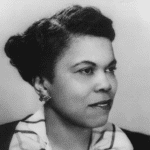
Estelle Massey Osborne was never afraid the be the first. As the first Black nurse to receive a scholarship from the Julius Rosenwald Fund, the first Black nurse to receive a master’s degree and the first African American instructor at the Harlem Hospital School of Nursing, Osborne overcame a system built on racism. But she didn’t stop there. Osborne later became the first Black superintendent of nurses at the Homer G. Phillips hospital in St. Louis, and the first Black woman director of its nursing school. She also worked with Eleanor Roosevelt to influence the US Navy to lift its color ban in 1945. She served in several national leadership roles over the next 20 years and was inducted into the ANA Hall of Fame three years after her death.
Rebecca Lee Crumpler
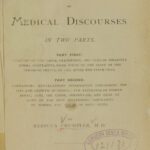
Rebecca Lee Crumpler was the first African American woman to receive a Medical Degree (MD) in the United States. She grew up in Pennsylvania frequently helping her aunt care for sick neighbors. Crumpler has written that it was her aunt that inspired her to go into the medical field. She began working as a nurse in 1852, and at this time there was no formal school for nursing, so she performed her medical duties without a formal education. In 1860 she became the first and African American woman accepted to the New England Female Medical College in Boston. Crumpler received her Doctress of Medicine in 1864. Post-civil war she worked with the Freedmen’s Bureau to care for formerly enslaved men, women and children most of whom would not have had access to medical care otherwise. Later on, now living in Boston, she followed in her aunt’s footsteps providing medical care to neighbors. She did this despite their ability to pay, and despite the adversity she and her patients faced from colleagues based on race.
Lillian Holland Harvey
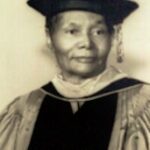
Lillian Holland Harvey had a groundbreaking healthcare career. She is known for being the first Black woman for over two decades to become Dean of Nursing at Tuskegee School for Nurses. While in her position, she created the first bachelor’s degree in nursing in Alabama. She was a strong advocate for education and received her doctorate in education at Columbia University in 1966. Harvey has been honored with many achievements and recognitions since then, including the Mary Mahoney Award in 1982, and being inducted into the Alabama Healthcare Hall of Fame in 1999.
Sources
“Celebrating Estelle Osborne, Nurse Trailblazer | NYU Rory Meyers College of Nursing.” Nursing.nyu.edu, nursing.nyu.edu/news/celebrating-estelle-massey-osborne-nurse-trailblazer.
“CRNA Legend Goldie Brangman Shares Story of Treating Dr. Martin Luther King.” Nurse.org, nurse.org/articles/nurse-anesthetist-crna-goldie-brangman-saved-MLK/.
“National Museum of the United States Army.” Www.thenmusa.org, www.thenmusa.org/biographies/hazel-johnson-brown/.
Rothberg, Emma. “Dr. Rebecca Lee Crumpler.” National Women’s History Museum, 1 Oct. 2021, www.womenshistory.org/education-resources/biographies/dr-rebecca-lee-crumpler.

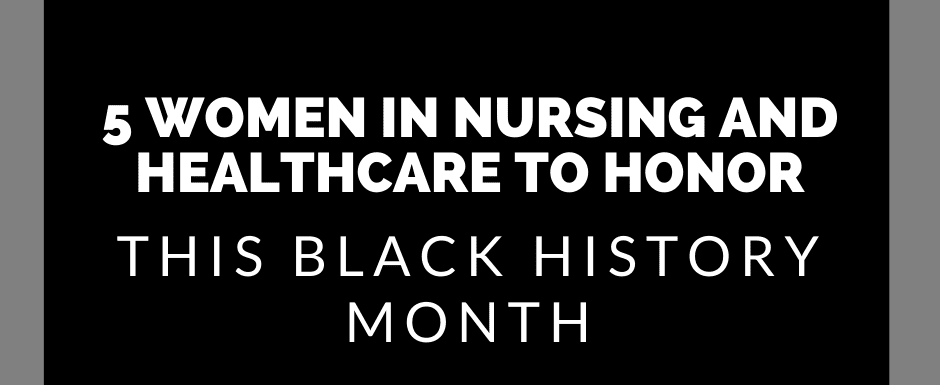
Comments are closed, but trackbacks and pingbacks are open.